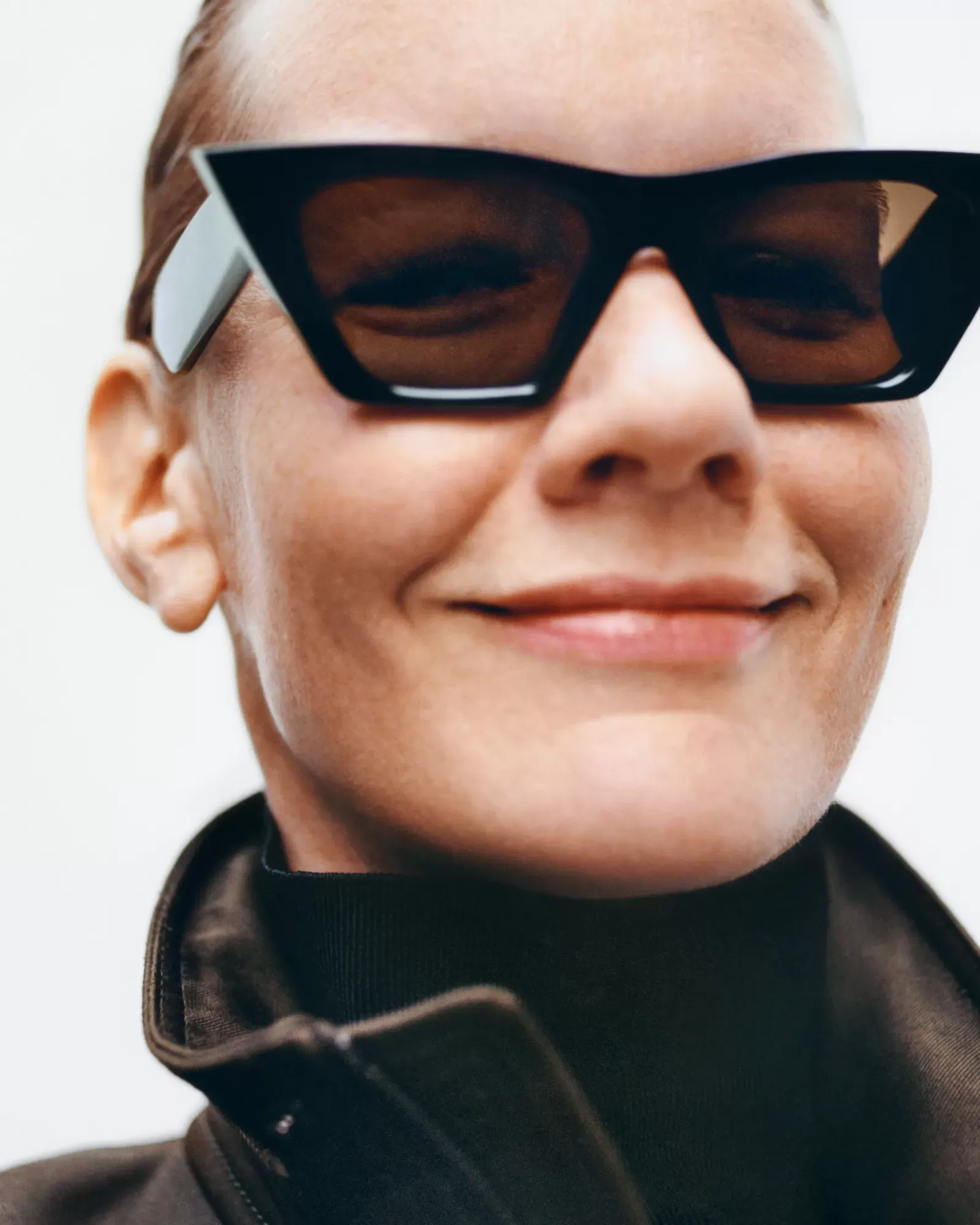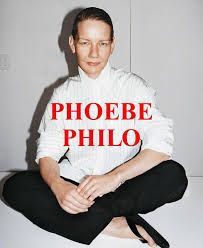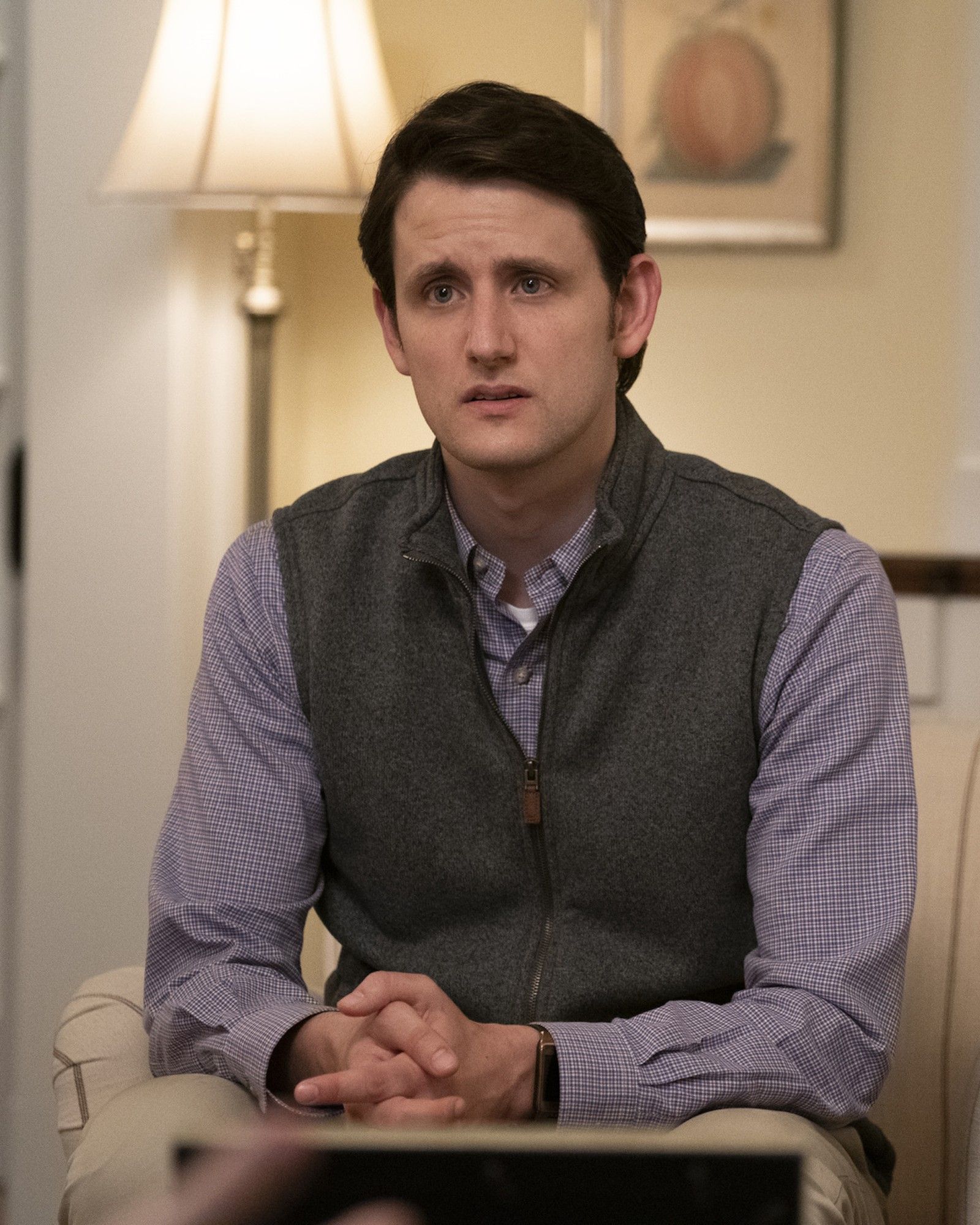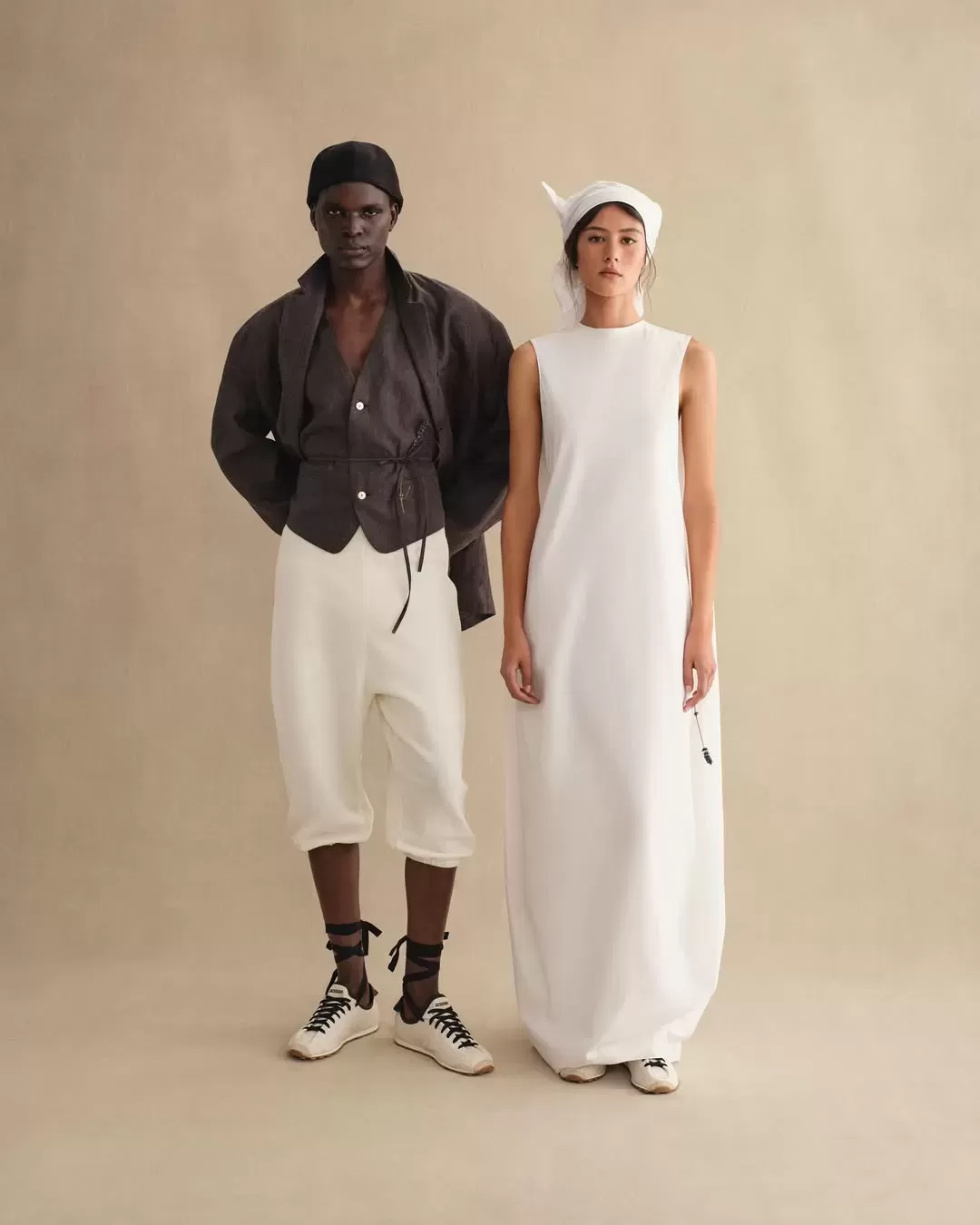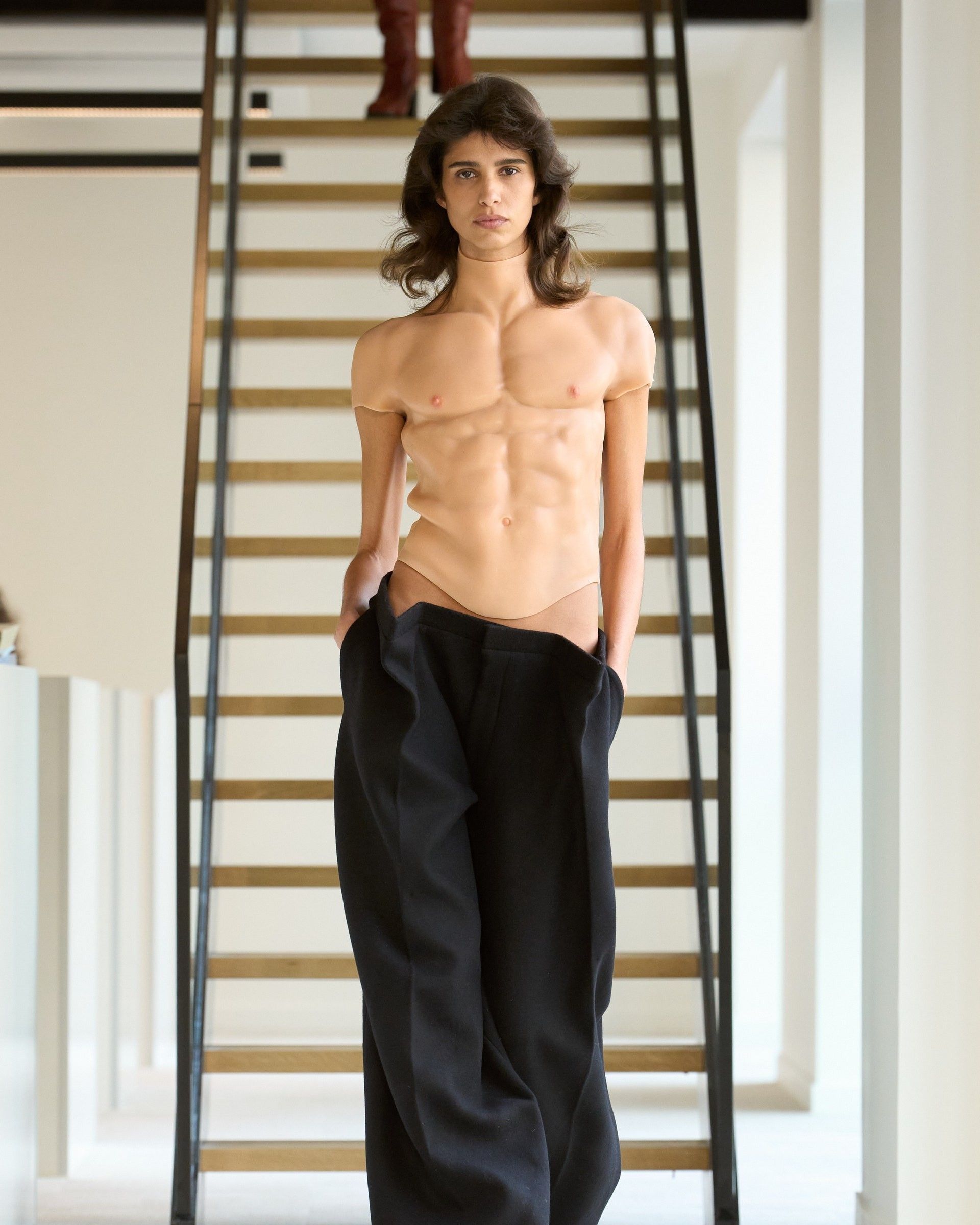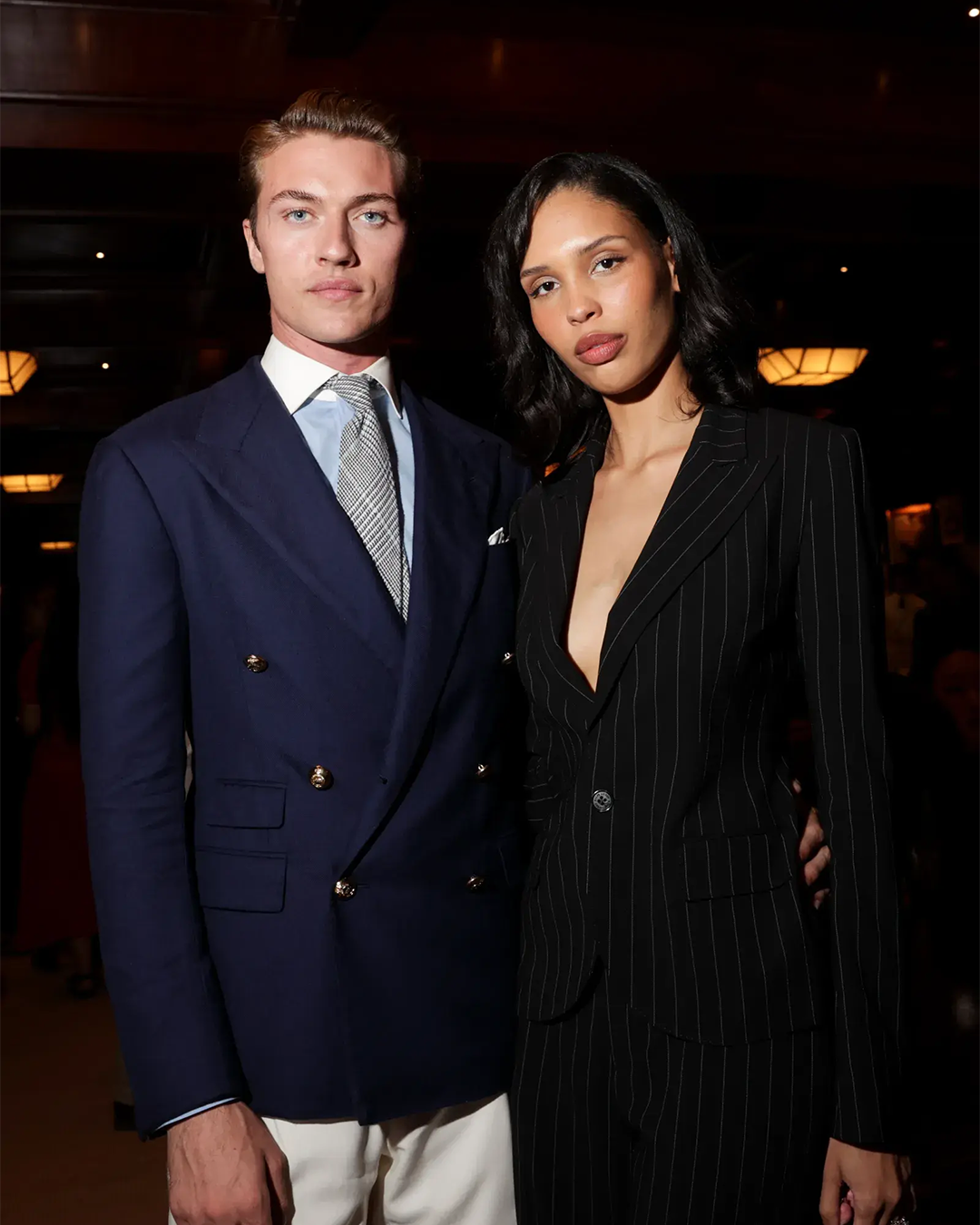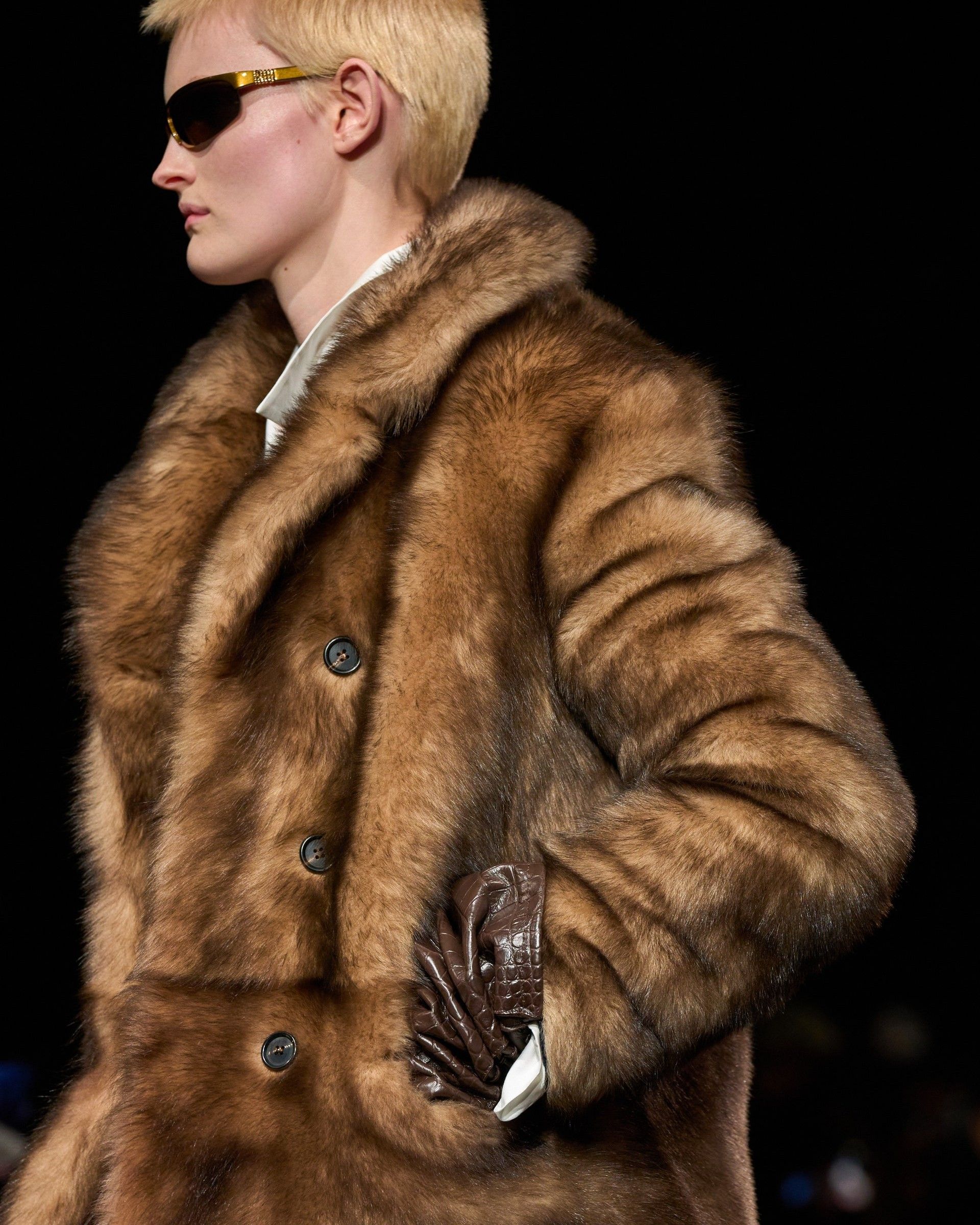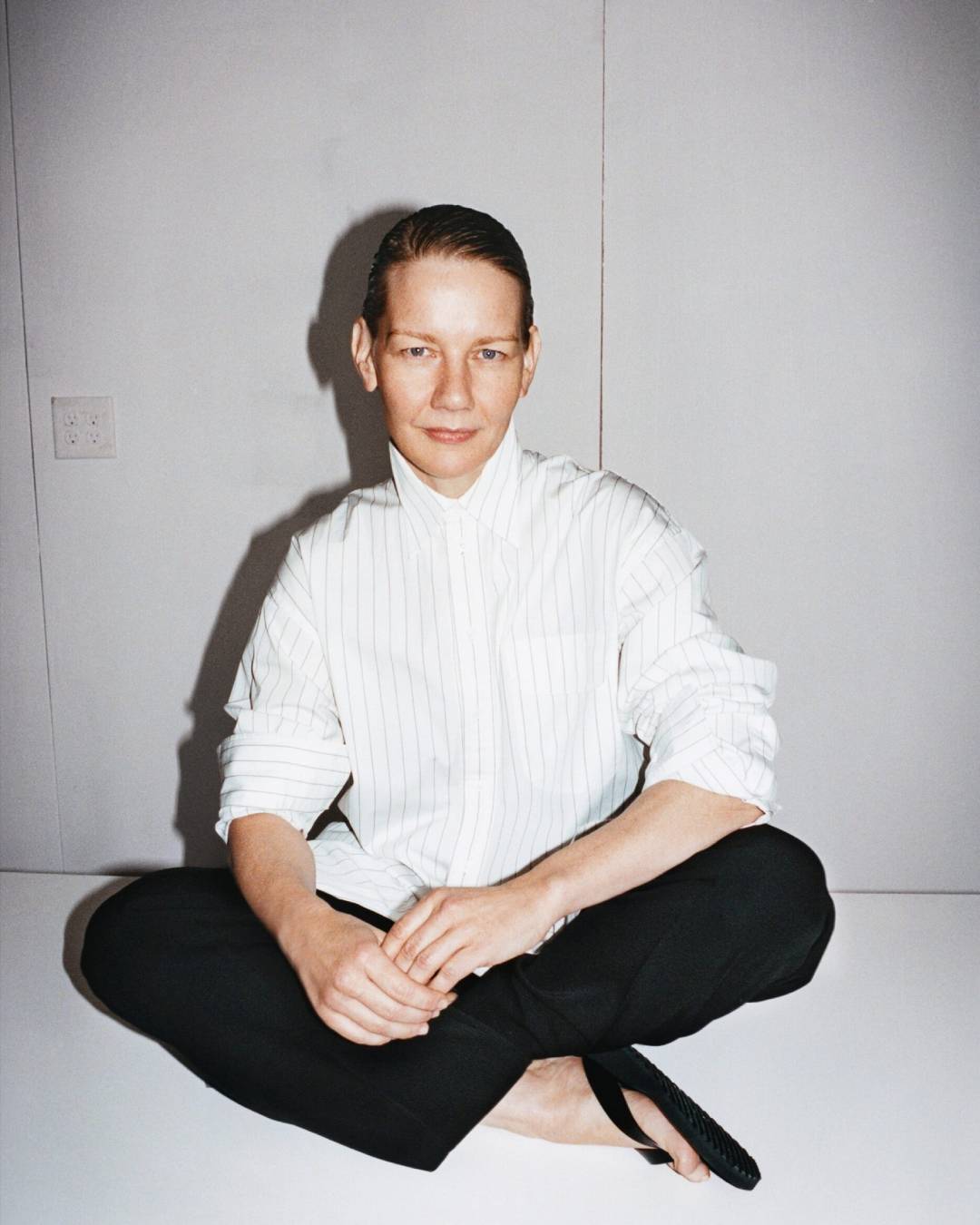
What is 'quiet celebrity'? A variation of "quiet luxury" applied to humans and less toxic
The famous maxim by Lavoisier, "Nothing is lost, nothing is created, everything is transformed," has recently found a new application. Although it was thought to have reached its limit, quiet luxury appears to have discovered a natural succession with "quiet celebrity." While the former is expressed through products emphasizing minimalism and sophistication, the latter is reflected in the behavior of public figures, favoring discretion and authenticity. Certainly, celebrities opting for a “quiet life” have existed since time immemorial, but the phenomenon of "quiet celebrity" is different. It concerns those personalities coveted by fashion houses not for their media buzz, but for their discretion, both in private life and public image. Their fame relies more on artistic talent and professional achievements than on omnipresence in the media. This approach brings a breath of fresh air in a context saturated with celebrity culture dominated by sensationalism and excessive exposure. The rise of these "quiet celebrities" can also be interpreted as a response from the fashion industry to evolving consumer mindsets. Consumers are now turning more towards quality purchases rather than disposable items, thus favoring brands that advocate sobriety and durability. Therefore, strategically, to promote these products, it makes sense for brands to associate their image with those personalities embodying these values, personalities that transcend fleeting social media trends to root themselves in lasting accomplishments.
This trend has led to a significant reorientation of marketing strategies for luxury and entertainment brands. As highlighted by Jamil Dakhlia, a media sociology professor, in a recent analysis, "In current fashion, there is a balance between classics and modern celebrities depending on how the house wants to assert itself in the market." This more nuanced approach is manifested through partnerships with personalities emphasizing artistic talent and timeless elegance rather than mere media visibility. A telling example of this trend is the collaboration between designer Phoebe Philo and rising actress Sandra Hüller. Phoebe Philo, a pioneer of “quiet luxury,” chose Hüller as the face of her second campaign. This choice aims to connect her brand with an image of sophistication and quality, while also generating media buzz within a niche audience. As Chris Rojek notes in his book Fame Attack, major cinema figures are seen as offering a timeless image, aligning with values of quality and sobriety. Brands benefit from this association, but celebrities also gain credibility as icons of elegance and refinement. Consider Sandra Hüller at the Oscars, adorned in a couture Schiaparelli gown by Daniel Roseberry. This appearance reinforced her image as a rising icon, her wardrobe choice evoking both old Hollywood glamour and surrealistic eccentricity.
The rise of "quiet celebrities" also allows for a reassessment of celebrity norms, favoring recognition of artistic talent over mere notoriety. This evolution, as observed by Dakhlia, represents a return to basics where "the true stars are those excelling in the most prestigious arts." A compelling example of this trend is the pairing of renowned actors with iconic houses like Emma Stone, Cate Blanchett, and Jennifer Connelly with the prestigious Louis Vuitton house. Of course, not everything is black or white. While this trend offers a breath of fresh air in a media landscape often dominated by excessive exposure, it does not seem poised to radically disrupt the established order. Instead, it brings a welcome nuance, restoring the importance of quality, sophistication, and discretion. This evolution reflects a collective awareness of the value of authenticity and durability in our perception of public figures.










































